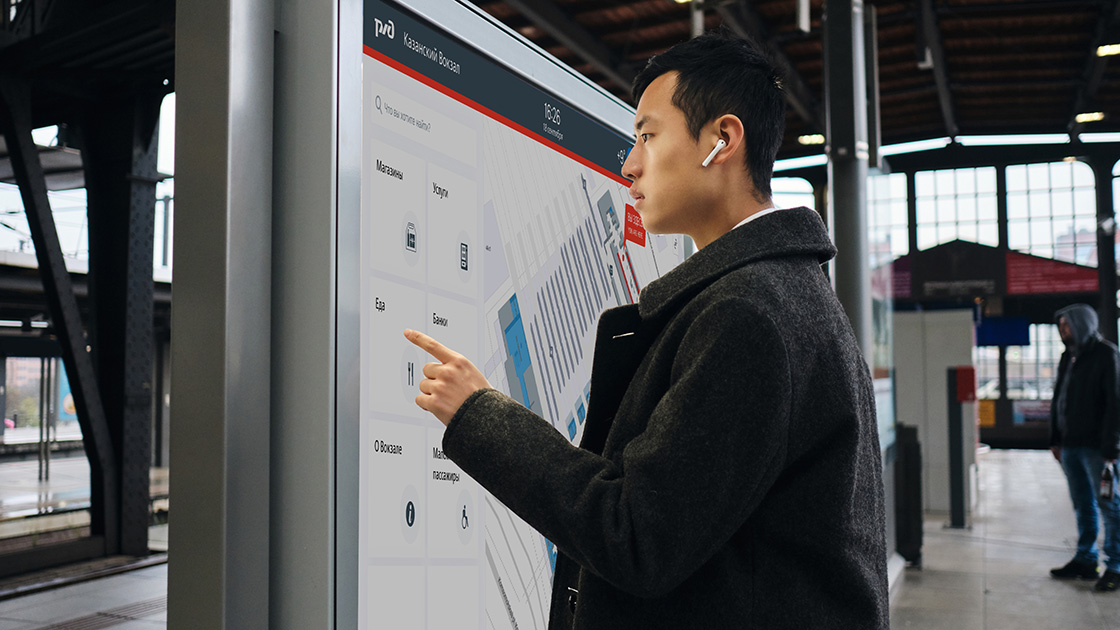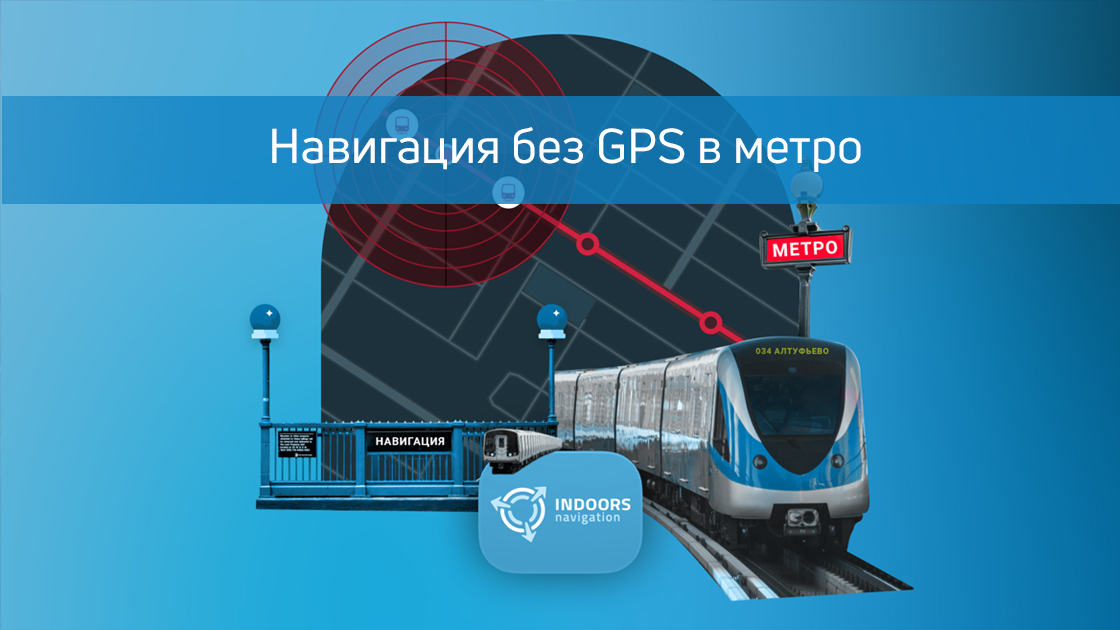Imagine yourself in an unfamiliar subway - there are concrete walls around, there is no GPS signal, the mobile Internet is intermittent, and you need to quickly figure out where you are in the transition.
Or how do you define:
- Which stations is your train located between?
- How much time is left before your stop?
- When should I get ready to leave?
Traditional methods like looking out the window for station names or trying to hear announcements have long been outdated. Modern technology offers an elegant solution!
How does this solution work??
The new algorithm determines your location in the underground space by analyzing the characteristic vibrations of your smartphone due to the built-in sensors.
Classification of movement
When the train enters the tunnel:
- The smartphone detects vibrations with a frequency of ~5 Hz (train movement)
- When walking, the smartphone detects a frequency of ~2 Hz
- Escalators and elevators will have their own unique frequency characteristics.
Collection of reference data
It is necessary to conduct a large-scale study and collect data from different stations, crossings and escalators.:
- lots of subway rides in different cities
- dozens of types of rolling stock
- go through all possible scenarios (stops, acceleration, turns)
Neural network training
- The algorithm is trained on thousands of trips in different subways around the world
- It accurately distinguishes train movement from other passenger activities
Key advantages
It works without internet connection
All calculations take place directly on your device.
Complete confidentiality
Your data never leaves your smartphone.
Versatility
The algorithm can be adapted to any type of subway system.
But there is one important disadvantage of such a solution - the low accuracy of determining the position in a large space. For example, you can accurately understand which station you are at, but you will not be able to accurately determine where you are standing at this station or near which car. To increase the accuracy of positioning, this solution can be combined with the already familiar navigation using iBeacon beacons.

Why is this important for shopping malls, airports, and hospitals?
The technology developed for the subway may be well suited for indoor navigation on the surface of the earth! After all, the same problems often occur in shopping malls, hospitals, and office centers.:
- There is no GPS signal/Glonass
- Poor connectivity and insufficient wi-fi coverage
- People get lost in large spaces and waste their time.
Indoors Navigation offers similar solutions for a wide range of industries and for a variety of tasks.:
Shopping malls
- Shows the way to the desired store
- Leads on promotions and discounts
- Analyzes the flow of visitors
Airports
- Escorts them to the boarding gates
- Finds baggage carousels
- Shows power points and other POI
Hospitals
- It leads to the right doctor's office
- Builds routes for hospital visitors
- Optimizes the work of staff and the search for medical equipment
How does it work in buildings?
Instead of train vibrations, we use data received over the radio channel, and as a result, navigation appears where GPS and Glonass are powerless. To do this, we use:
- Bluetooth beacons
- Accelerometer and gyroscope of a mobile device
- Digital indoor maps and shortest routes
Try the future of navigation today
Do you want to implement a modern navigation system in your building? Our company offers the Indoors Navigation Platform:
🔹 Accuracy up to 1 meter
🔹 Work without the Internet
🔹 Building movement analytics
🔹 Integration with mobile applications via the SDK
Leave a request for www.indoorsnavi.pro and make your space convenient for visitors!
👇 Subscribe and keep up to date with innovations! 👇







14 thoughts on “Как смартфон определяет положение в метро — навигация без GPS и Глонасс”
Ждем когда на замену придут квантовые технологии в легкой доступности)
Спасибо за статью, интересно узнать что нового в технологиях
Классно что работает без интернета
Крутая фишка — навигация в метро и аэропортах без интернета, особенно когда вокруг толпа и нет связи
,,Вибрации,, интересное решение, звучит круто!
Неожиданно интересно и по делу. Круто, что удалось адаптировать типично «поверхностные» технологии под экстремальные условия метрополитена. Ждём масштабного внедрения.
Решение выглядит технологически зрелым и логичным — особенно радует акцент на конфиденциальность и работу без интернета. Такие подходы действительно могут изменить опыт пользователей в подземке и за её пределами.
Навигация в аэропортах и вокзалах без интернета — очень полезно! Особенно когда в подземном переходе нет интернета и непонятно куда идти!
Такая высокая точность в метро это классно
Вау, не знал что телефон может так аккуратно считывать вибрации, то есть теоретически можно вообще без интернета в метро определять позицию?
Вот бы эту технологию внедрили на новых станциях БКЛ — бывают такие лабиринты, что без подобного решения тяжеловато
Очень полезное решение для закрытых пространств с большим скоплением людей, где и Wi-Fi, и мобильный интернет могут сильно сбоить
Такие решения действительно обеспечивают навигацию даже там, где, казалось бы, это достаточно затруднительно!
Очень интересно реализована идея использования сенсоров смартфона для навигации в метро. Подход с анализом вибраций и обучением нейросети выглядит многообещающе, особенно в условиях отсутствия GPS. Спасибо за подробное и понятное объяснение технологии.
Умная навигация без GPS — впечатляет!